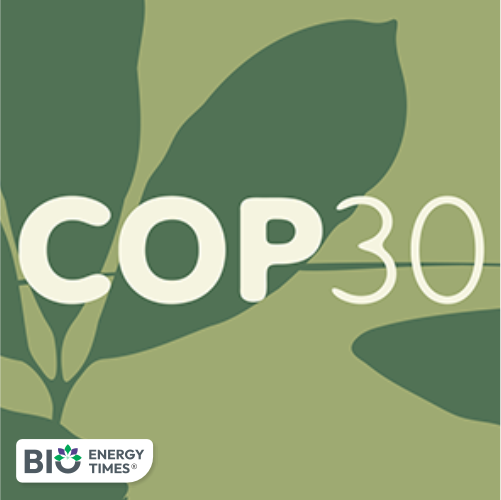The Stockholm Center for South Asian and Indo-Pacific Affairs (SCSA-IPA) at the Institute for Security and Development Policy (ISDP) has urged global climate institutions to bring Tibet’s rapidly worsening climate crisis to the centre of international environmental governance. In a press release issued Friday, the organisation called on COP30 and BRICS nations to formally recognise the Himalayan region as a crucial ecological hotspot.
A delegation led by Jagannath Panda, Head of SCSA-IPA, along with Senior Associate Fellow Richard Ghiasy, travelled to Brazil during COP30 in Belém and later held high-level talks in Rio de Janeiro. Their visit formed part of the project “Whither Tibet in Climate Crisis Agenda,” which stresses that the Tibetan Plateau, often referred to as the world’s “Third Pole”, is heating nearly three times faster than the global average.
Although COP30 placed major emphasis on Amazon conservation, Indigenous rights, and sustainable development, the SCSA-IPA noted that Tibet remains largely overlooked despite facing rapid glacial retreat, permafrost degradation, and destabilising changes to river systems that impact nearly two billion people across South and Southeast Asia.
Panda cautioned that China’s expanding hydro-infrastructure, including the proposed Medog Water Diversion Project, and increasing mining operations are intensifying ecological and geopolitical risks in the region.
In Rio de Janeiro, the SCSA-IPA launched its report during a session hosted by the Brazilian Center for International Relations (CEBRI). Brazilian diplomats and researchers, including Ambassador Antonio de Souza e Silva and Isabella Avila, underscored the need for BRICS and UNFCCC frameworks to treat Tibet as a climate governance priority rather than a politically sensitive issue tied to China’s domestic affairs.
Participants on both sides stressed that hydrological data sharing, early warning mechanisms, and transboundary river monitoring should be recognised as shared global responsibilities. The discussions also drew comparisons between the displacement of Amazonian Indigenous communities and the forced relocation of Tibetan nomads, both of which undermine traditional ecological stewardship.
During COP30, experts pointed out that while the Amazon faces threats from deforestation and extractive industries, Tibet is confronting glacial decline, water shortages, and widespread habitat loss. Yet high-altitude regions like the Tibetan Plateau continue to receive limited climate funding and scientific focus.
The SCSA-IPA argued that integrating Tibetan environmental concerns into South-South cooperation, particularly within BRICS, would support stronger scientific partnerships on hydrology, biodiversity, and climate governance. With Brazil hosting COP30 and playing a prominent role in global climate diplomacy, the organisation said the country is well positioned to help widen the international environmental agenda.
The ISDP delegation emphasised that the Himalayan climate crisis must be recognised as a systemic threat to Asia’s water security, disaster preparedness, and long-term resilience. Presenting their report in Brazil, the researchers stressed that safeguarding the planet’s environmental trajectory requires acknowledging Tibet as a “core pillar of global ecological stability.”
They concluded that global climate action “from the Amazon to the Indo-Pacific” will remain incomplete unless the accelerating crisis on the Tibetan Plateau is urgently addressed.














